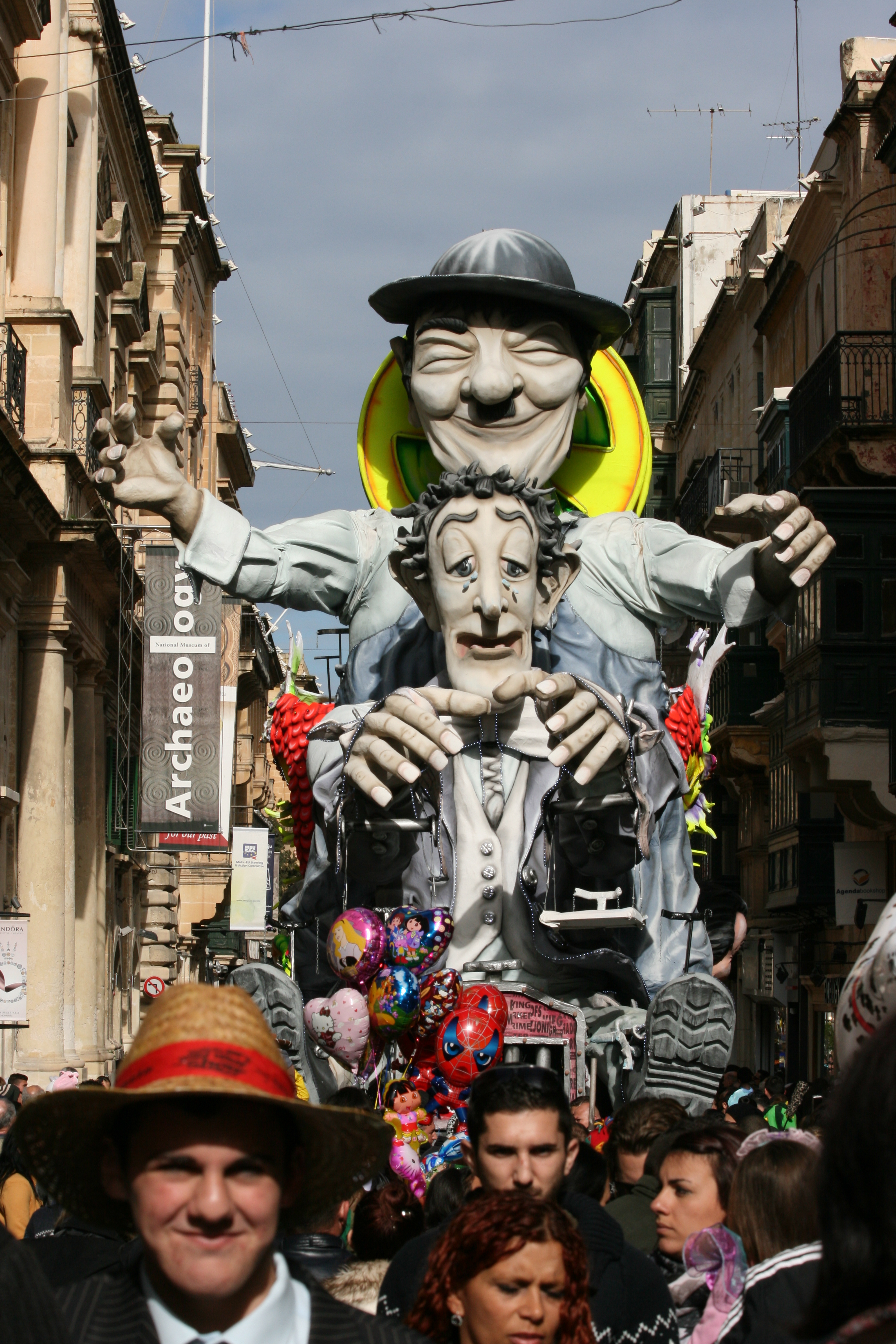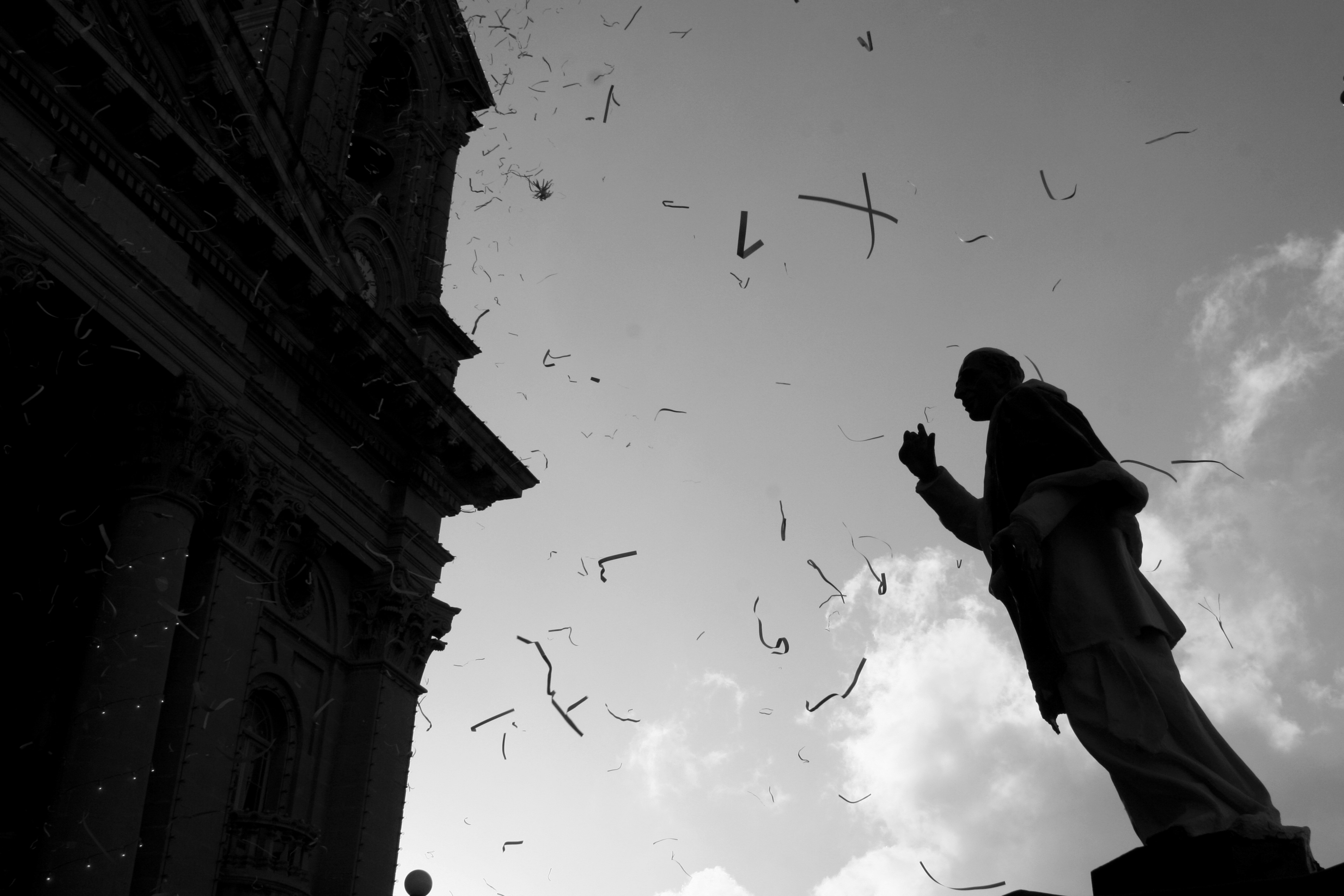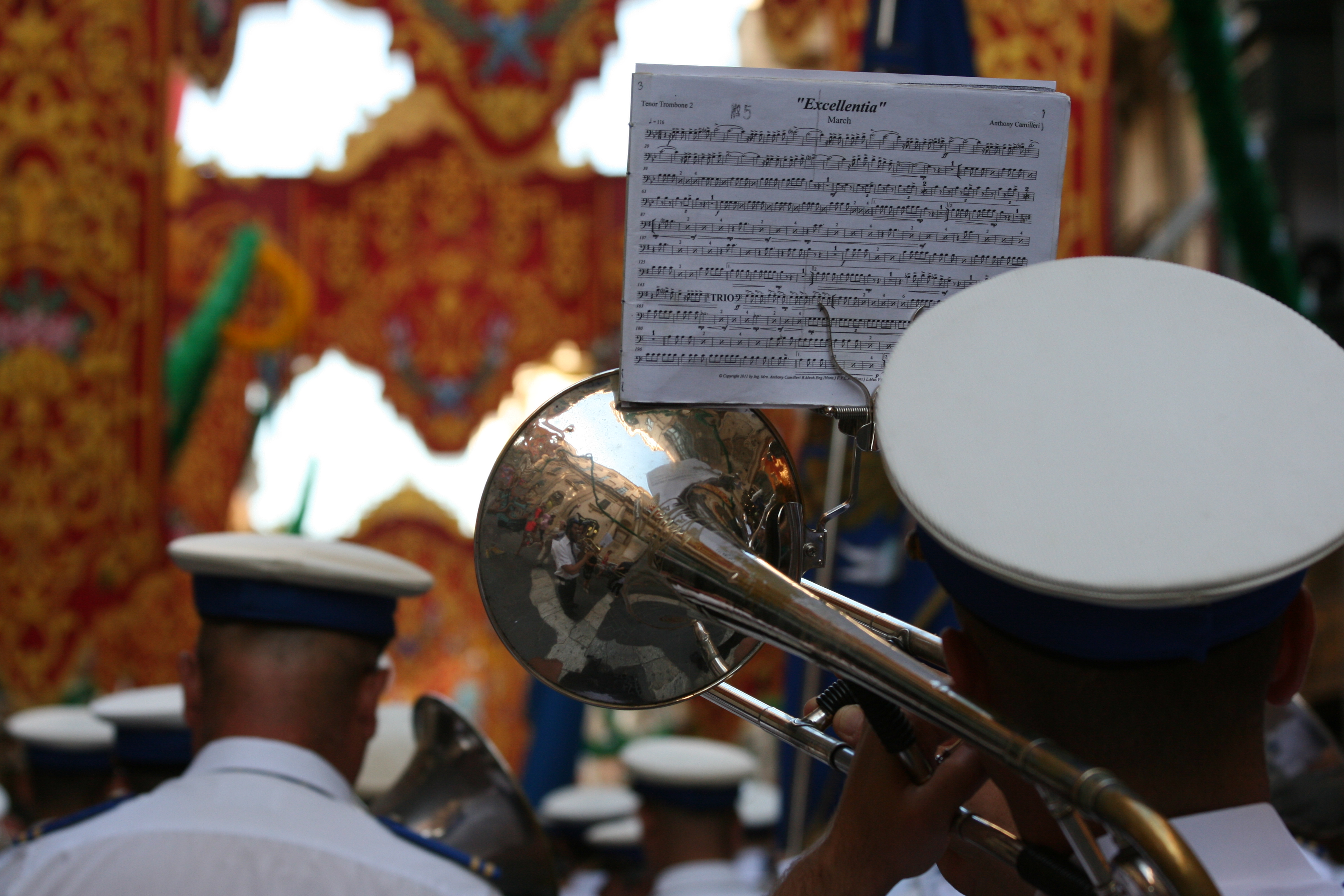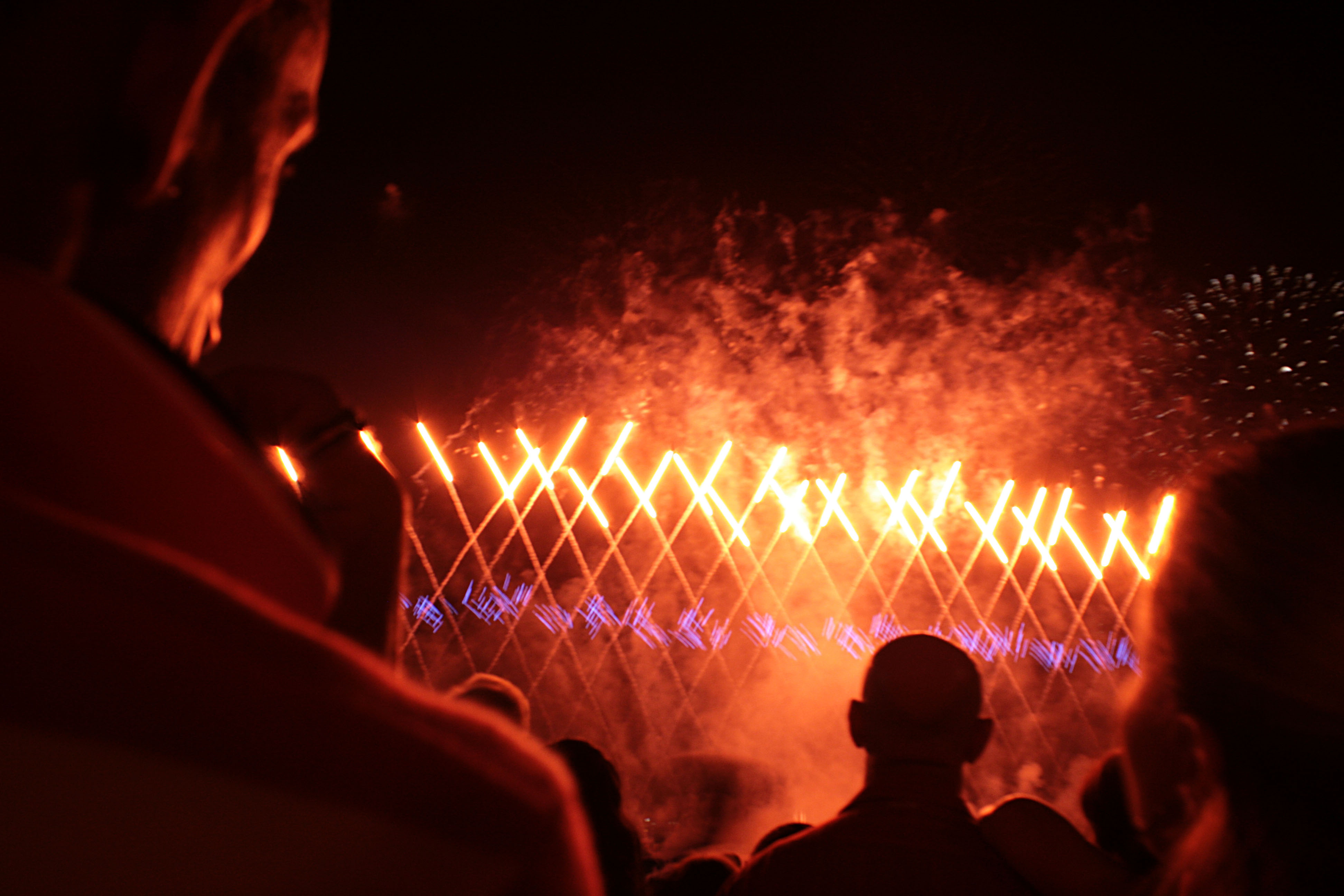Anybody who has spent at least a year in Malta eventually finds him/herself living in a movable feast. For a good half a year, from April till October, when the country is immersed into the season of celebrations, exploding salutes become your best alarm clock. As dusk approaches, bangs echo from one side of the country to the other, with clouds from salutes always floating over the horizon. Fireworks become an obligatory attribute to the night sky over the islands. “Wait. Wasn’t there a feast last week already?”, you ask yourself, loosing count of bangs, clouds, fireworks, paper trimmings, and finally getting used to the festive fever around. Without exaggeration, there is no summer day without a celebration in Malta. Weeks between Carnival and Saint Publius (the first feast of the year) are merely a short break to prepare more fireworks, cut paper trimmings and recharge energy for more fun.
The official explanation for this phenomenal bustle is too prosaic to believe it. According to it, there simply is a feast for each church in every village. Doesn’t it leave behind more than explains? Why not to combine forces into a fewer but bigger feasts? Or was it a mere coincidence that the patron saints of the utter majority of churches are those who occupy summer days in the religious calendar?
If a question “Why not to combine forces into a fewer but bigger feasts?” sounds logical to you then you do not know Maltese people a tiny bit. The Maltese are driven by a spirit of individualism. Just look around! Hardly you will find two identical doors next to each other, staircases often make a web on facades just because everyone prefers having a separate entrance (although, having a shared staircase could save some space for living). It’s always “us” and “them”, where “us” is restricted to a family or a village and “them” means everyone else. Sharing fireworks with someone else, you say? Total nonsense! The epitome of such individualism is a two-feast conflict in Zurrieq, where supporting both feasts would be a daring act of anarchy. That’s why humble fireworks of Qrendi melt in the sky next to grandiose fireworks of Mqabba. ”So what if THEIR feast attracts thousands? We have OUR OWN and that’s what matters most!”.
The religious component to a feast is more a legitimate justification for a need to celebrate than a true reason. Many Maltese are proud of THEIR church and THEIR statue but still, it is the need for an energy release and the colourful spots in the sky that sets the ball rolling. Oh, let’s just make every day as bustling as possible, who needs reasons for that? No matter what saint is it, let’s just splash it all out and stretch for as long as possible!
Or could it be that festive fever is the best remedy for the main country’s fear, the fear of silence? In Malta the term ‘ life’ is strongly associated with sounds, be it a church bell chime, hunters’ gunshots in the countryside, noisy motorcycles or exploding sounds of fireworks. Every salute strengthens the power of life in a battle against the threatening silence, leaving no space for it other than afterlife.
More articles about Malta: https://raisatarasova.wordpress.com/2014/06/03/malta-lovely-yet-overly-politicized/






